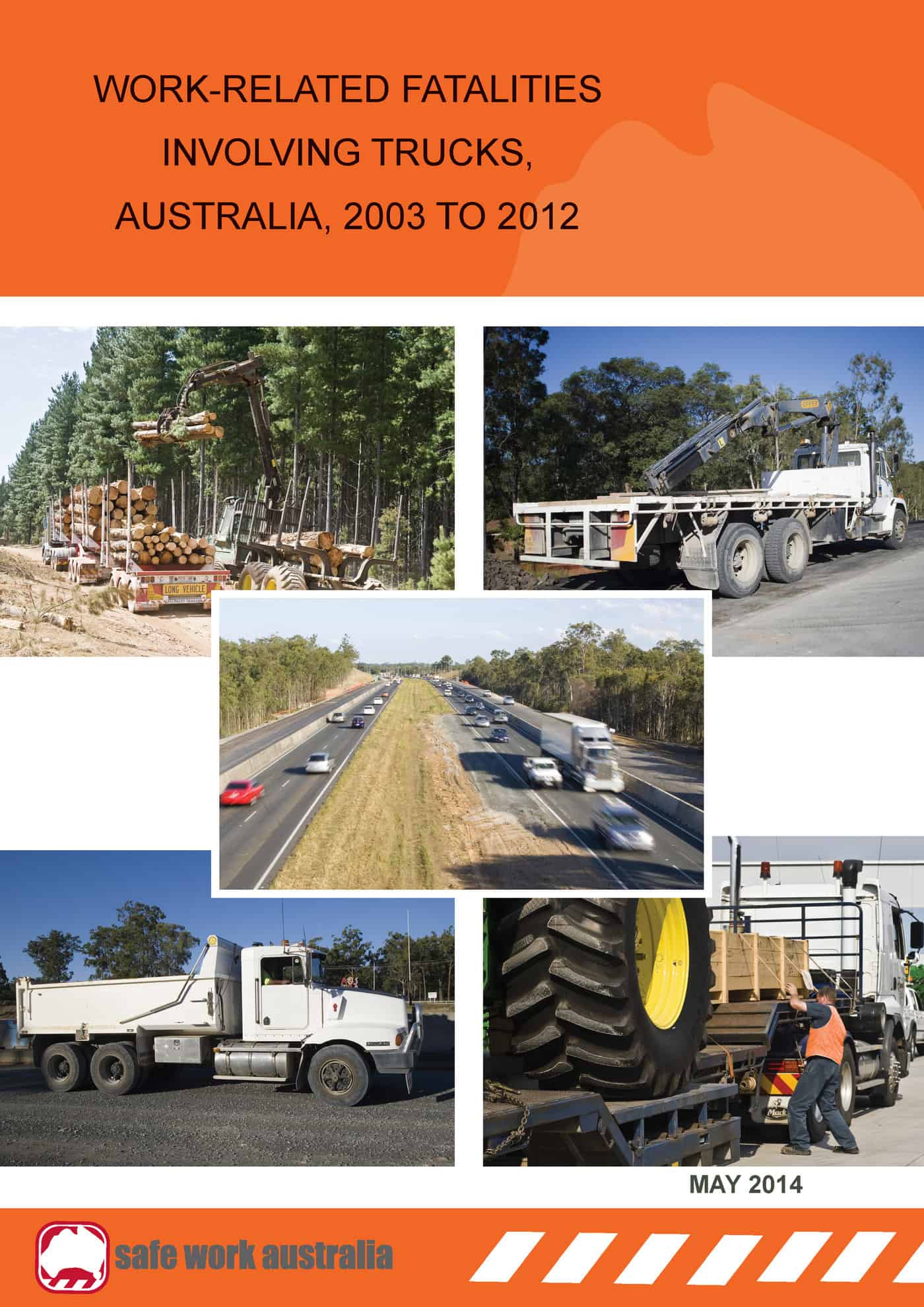Australia’s latest Prime Minister, Malcolm Turnbull, has a strong background in technology investment and is urging the country to embrace innovation. This has generated a focus on information technology start-ups but it may also create opportunities for occupational health and safety (OHS) professionals, if they are willing to change.
There has been a quick growth in

 The public submission phase for the
The public submission phase for the 
 Judith Hackitt, Chair of the UK Health and Safety Executive
Judith Hackitt, Chair of the UK Health and Safety Executive